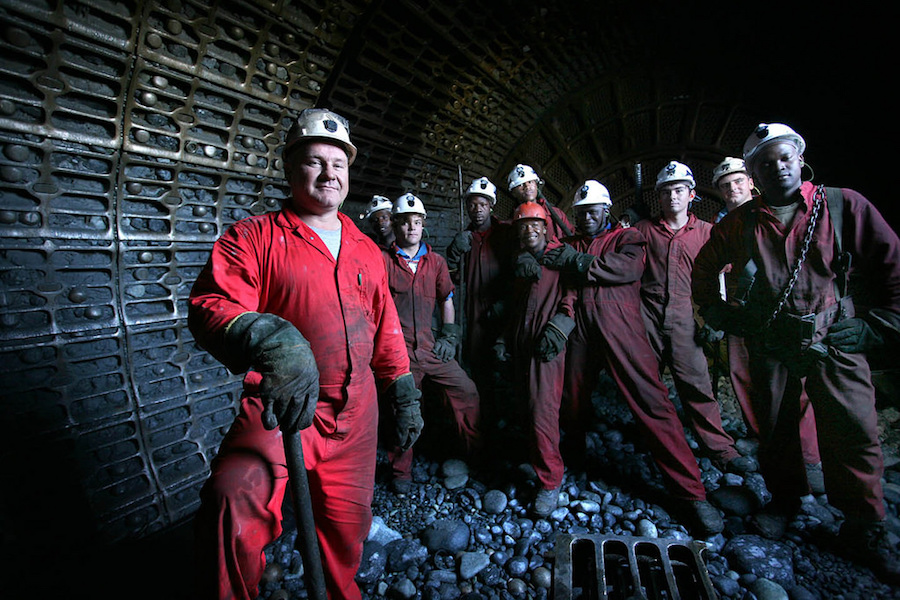
Precious metals miner Sibanye-Stillwater (JSE: SSW) (NYSE: SBSW) may axe more than 2,000 jobs at some of its gold mines in South Africa as part of a restructuring of those operations struggling to make a profit.
The Johannesburg-based miner said on Tuesday it would enter into consultations with labour groups and other stakeholders, which could impact 1,959 employees and 465 contractors at its Beatrix 4 shaft and Kloof 1 plant.
Both operations aren’t profitable as they are running out of commercially viable ore. They also face rising costs and lower output levels, the company said.
Richard Stewart, chief officer for Sibanye-Stillwater’s southern Africa region, noted that discussions with stakeholders would attempt to limit job losses to a minimum.
The company has made several attempts over the past decade to extend the life of Beatrix shafts. The latest rescue effort, in 2017, enabled Beatrix 4 shaft to stay open provided it made a profit, on average, over any continuous period of three months after accounting for all-in sustaining costs.
At Kloof 1 plant, the surface rock dump (SRD) is nearly depleted and Kloof Main SRD would be completely mined out by December.
“As a result, Kloof 1 plant will not be able to operate at full capacity, with its only remaining primary source of ore coming from Kloof 4 SRD ,” Sibanye-Stillwater said in the statement. “Cost reduction efforts have been ineffective in addressing the ongoing lack of profitability,” it added.
Sibanye-Stillwater Driefontein, Kloof and Beatrix gold mines currently employ about 31,000 workers. The company is the top employer in South Africa’s mining sector.
Keeping mines profitable in the country is becoming increasingly difficult as its deposits get deeper and more expensive to access. Operations are also hit often by strikes and ever rising electricity costs.